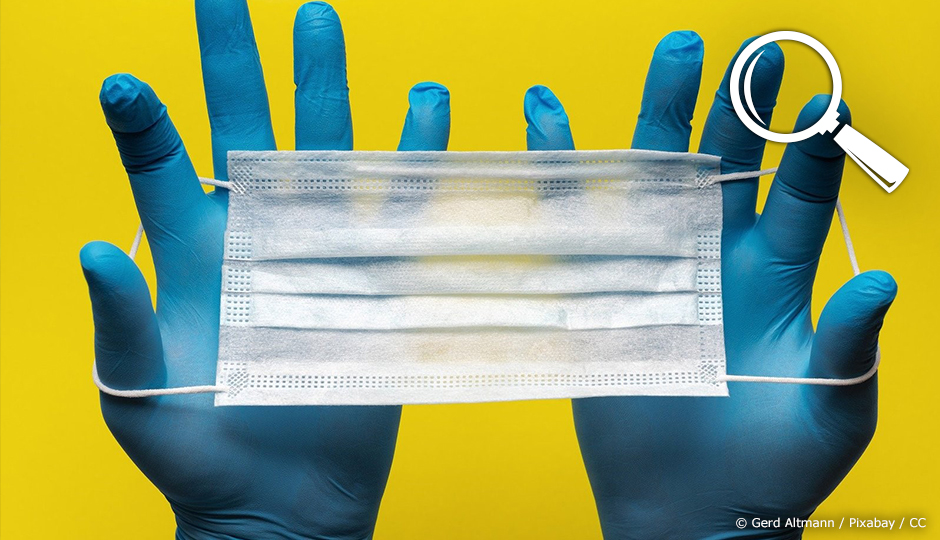Auteur : Agence Science Presse - Pascal Lapointe
There’s a story about a “new variant” of SARS-CoV2, even more contagious than the one before. The alleged source is the Los Alamos National Laboratory in the United States. This very disturbing information spread like a virus on social media last Tuesday. The Rumour Detector checked it out. In fact, our research didn’t find what the story claimed.
Where the rumour originated
The shocking news was reported in the Los Angeles Times Tuesday morning. The headline read: “A mutant virus has emerged, more contagious than the original, study says”. But the online edition later changed the verb in the headline to “may be”. There really is a research study behind this article. The study was published on April 30 and identified 14 coronavirus mutations since January. One of these mutations is D614G. It became dominant in “versions” that spread in Europe in February, and then in North America.
There are six warnings about this study
- First of all, it’s a “pre-print paper”. This means it’s only submitted to share information with colleagues. It hasn’t been peer reviewed by other researchers.
- Every virus mutates continuously. Contrary to the scary image from science fiction, a “mutation” doesn’t have to be dangerous. Up to now, the research tended to show a less disturbing conclusion. Yes, COVID-19 has shown some mutations. But few seem likely to create strains with different properties.
- The researchers don’t say this mutation makes the virus more contagious. A mutation could have this effect. But it can also have nothing to do with contagion. It could even have no effect at all. The researchers are pointing out a “signal”. Yes, it’s worth examining more closely. But they recognize it’s too soon to jump to any conclusions.
- The new strain may dominant due to a stroke of luck. At first glance, the mutation could provide an “evolutionary advantage”. That’s because this “variant” became dominant in Europe since February. Here’s a comparable example. An animal can run faster than the rest of the gene pool and passes down this “advantage” to its descendants. But the mutation can also be a stroke of luck. This is called “the founder effect” in population genetics. For example, a greater number of viruses carrying this mutation were the first to enter Europe. That’s why they dominate the others. How does this affect the United States? Genetic analyses have shown that most of the transmission came from Europe.
- If the mutation is more contagious, statistics should reveal this. The mutation seems to have been present in nearly 100% of the viruses decoded in northern Italy. The epidemic hurt that region very badly. But you have to consider all the regional data currently available. For the time being, this data doesn’t show a correlation between the prevalence of this variant and the hospitalization rate.
- In at least one place, the rate of decline is the same for viruses with or without this mutation. The State of Washington, on the Pacific coast, saw its first coronavirus cases before the rest of the United States. Part of these cases came from China. As the weeks went by, the “European” variant also made its way to Washington. But the Los Alamos researchers write that the two versions of the virus declined at the same rate. This is based on the accumulated genetic data for Washington, especially after the peak of the curve passed. In other words, the “mutant” (in blue in the graph below) seems to be unable to dominate.
Verdict
Uncertain. Like any pre-print paper, more research is needed. But the current state of knowledge doesn’t allow a premature conclusion. The study hasn’t identified a dangerous mutant.
The Rumour Detector’s tips
Maintain a critical attitude to pre-print papers. They’re useful for researchers to share information. But be careful before passing them on in a report, a video or a Facebook message. At least ask other experts in the field first. They can provide the necessary reservations.






